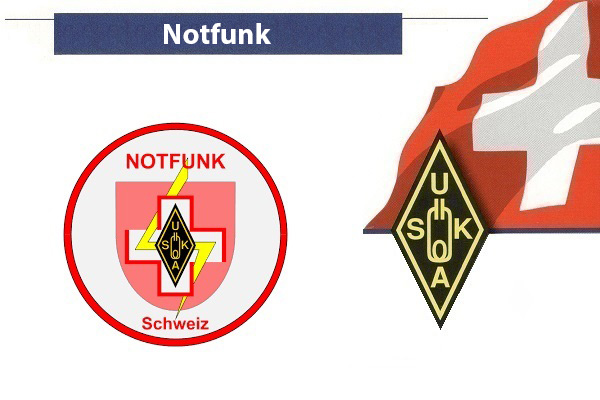The Swiss “Emergency Radio Network” asks for your help; “Mexico requests frequency clearance”.

Deutsche Version: Notfunk Schweiz wünscht Ihre Mithilfe : « Mexico requests frequency clearance »
Version française: Le « Réseau radio de secours » Suisse requiert votre aide ; « Mexico requests frequency clearance »
Versione italiana: La Rete Radio di Emergenza Svizzera chiede il vostro aiuto; il Messico chiede la liberazione delle frequenze
English version: The Swiss “Emergency Radio Network” asks for your help; “Mexico requests frequency clearance”.
The Swiss “Emergency Radio Network” asks for your help; “Mexico requests frequency clearance”.
The Mexican Amateur Radio Association (FMRE), in the wake of Hurricane “Otis”, which has devastated various regions of Zone I’IARU 2, is asking radio amateurs (see original text) to preserve emergency
emergency radio frequencies
20m band: 14 120 kHz
40m band: 7060 kHz and 7095 kHz
80m band: 3690 kHz
Avoiding any QSO on these frequencies.
Thank you for your cooperation.
USKA – “Emergency Radio Network”
HB9DBB Jean-Michel
Link: https://www.iaru-r1.org/
Original Text:
“FMRE REQUESTS ADDITIONAL FREQUENCY PROTECTION IN THE 20 METER BAND”
The Mexican Federation of Radio Experimenters requests through its
Emergency Coordinator, Zian Julio Aguirre Taboada, XE1ATZ, additional
protection of the 14 120 kHz frequency, 20 meter band, which they are
using in emergency communications in response to damage caused by
Hurricane Otis in the state of Guerrero. It should be noted that at
00:00 UTC on October 27, the SSB CQ WW contest will begin, so
colleagues are asked to help so as not to affect these communications.
Summary of frequencies for which protection has been requested:
80m band: 3690 kHz
40m band: 7060 kHz and 7095 kHz
20m band: 14 120 kHz
We appreciate the help of colleagues from all regions in supporting
emergency communications in Mexico.
Carlos Alberto Santamaría González, CO2JC.
Emergency Coordinator, IARU R2.”
